
Christopher Crockett is an Associate News Editor. He was formerly the astronomy writer from 2014 to 2017, and he has a Ph.D. in astronomy from the University of California, Los Angeles.

Trustworthy journalism comes at a price.
Scientists and journalists share a core belief in questioning, observing and verifying to reach the truth. Science News reports on crucial research and discovery across science disciplines. We need your financial support to make it happen – every contribution makes a difference.
All Stories by Christopher Crockett
-
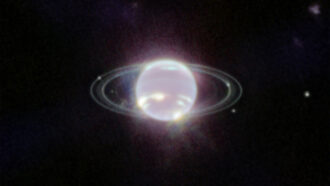 Planetary Science
Planetary ScienceHere is the first direct look at Neptune’s rings in more than 30 years
In 1989, the Voyager 2 spacecraft took the first pics of Neptune’s rings. Now, NASA’s James Webb Space Telescope is providing a more detailed look.
-
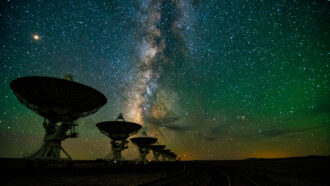 Astronomy
AstronomyHow radio astronomy put new eyes on the cosmos
A century ago, radio astronomy didn’t exist. But since the 1930s, it has uncovered cosmic secrets from planets next door and the faint glow of the universe’s beginnings.
-
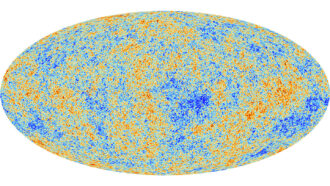 Cosmology
Cosmology‘Flashes of Creation’ recounts the Big Bang theory’s origin story
In ‘Flashes of Creation,’ author Paul Halpern tells the story of George Gamow , Fred Hoyle and their decades-long sparring match about the Big Bang.
-
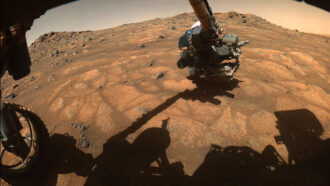 Planetary Science
Planetary ScienceNASA’s Perseverance Mars rover has begun its first science campaign
Now about 1 kilometer south of its landing spot, the rover has spotted several promising spots in its search for hints of ancient life.
-
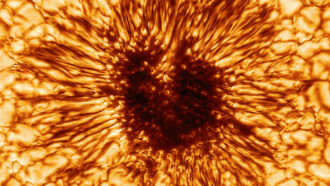 Space
SpaceThis new image reveals a sunspot in unrivaled detail
An image taken by the Daniel K. Inouye Solar Telescope — the largest solar observatory on Earth — provides the best look yet at a sunspot.
-
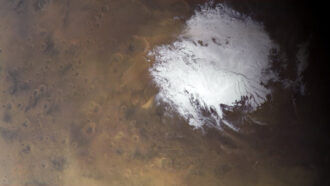 Space
SpaceA ‘lake’ on Mars may be surrounded by more pools of water
Radar data hint at patches of liquid water beneath Martian polar ice, but some urge caution in interpreting results.
-
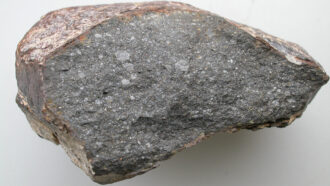 Planetary Science
Planetary ScienceEarth’s building blocks may have had far more water than previously thought
Space rocks and dust from the inner solar system could have delivered enough water to account for all the H2O in the planet’s mantle.
-
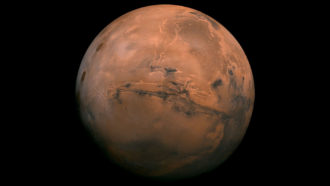 Space
SpaceSalty water might exist on Mars, but it’s probably too cold for life
Salty liquids may last for several hours on the Red Planet but be too chilly for any known microorganisms from Earth to survive, simulations suggest.
-
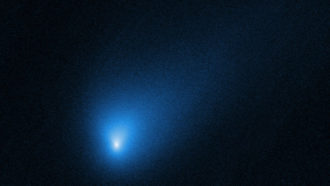 Space
SpaceInterstellar comet Borisov has an unexpected amount of carbon monoxide
The second known visitor from outside the solar system has three times as much CO relative to H2O than any comet seen in the inner solar system.
-
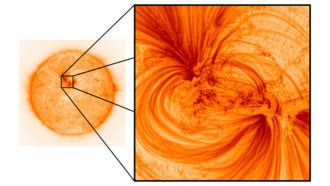 Astronomy
AstronomyNew images of the sun reveal superfine threads of glowing plasma
Snapshots from NASA’s High-Resolution Coronal Imager show thin filaments of plasma not seen before in the sun’s outer atmosphere.
-
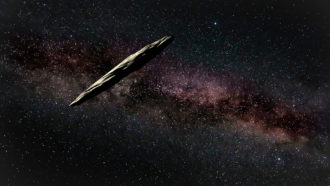 Astronomy
Astronomy‘Oumuamua might be a shard of a broken planet
A new origin story for the solar system’s first known interstellar visitor suggests it may have been part of a world that got shredded by its star.
-
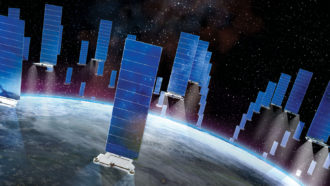 Space
SpaceNew fleets of private satellites are clogging the night sky
As private companies launch dozens of satellites at a time, researchers are assessing the impact on ground-based telescopes.